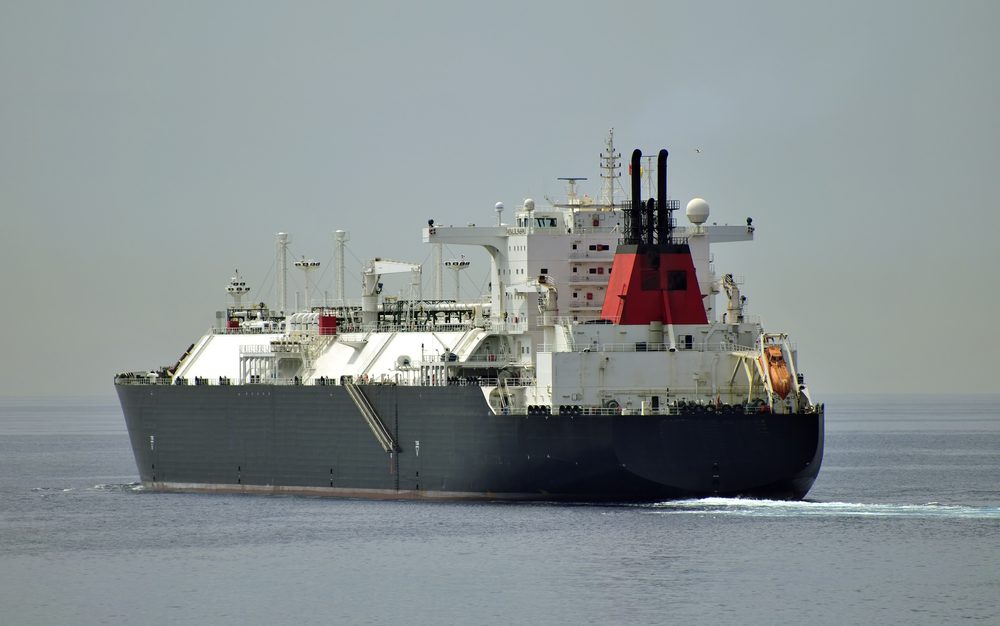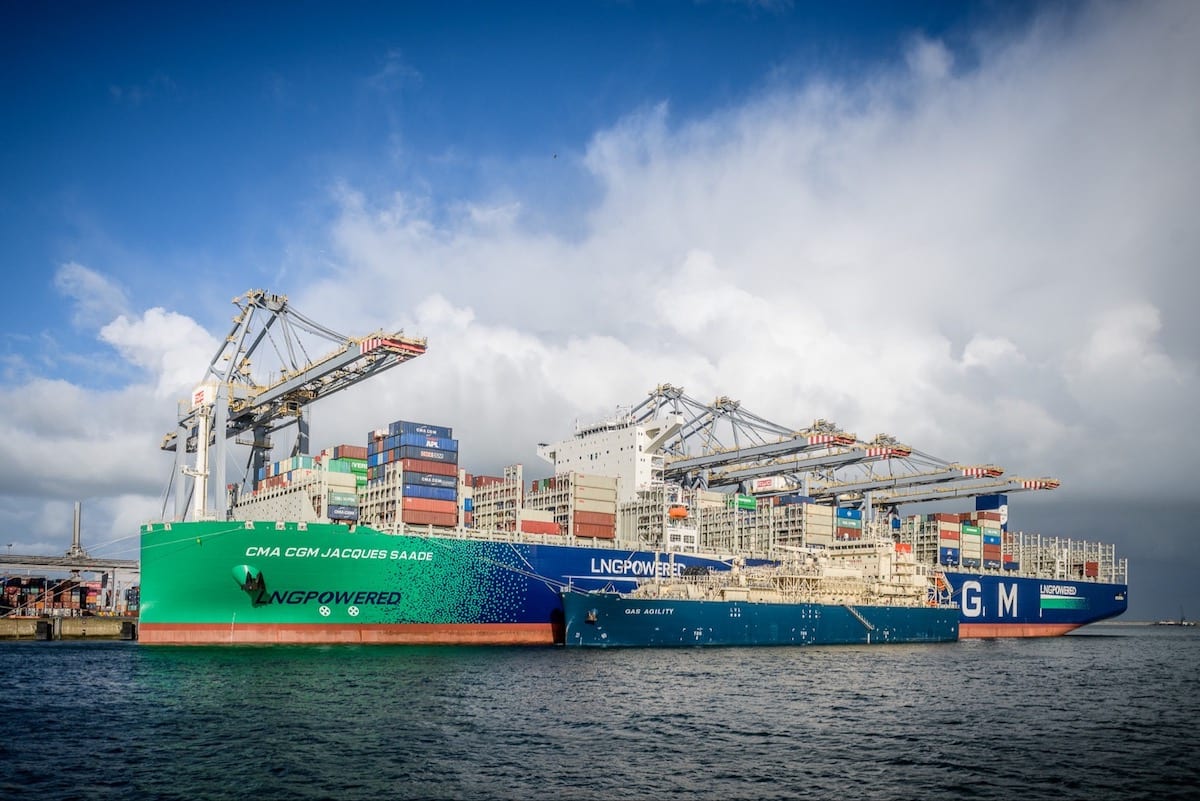By Ben Sharples and James Paton
(Bloomberg) — The golden age of natural gas lost some of its luster this month.
Japan, the world’s biggest buyer of the fuel in liquid form, restarted a nuclear reactor on the island of Kyushu Aug. 11, re-embracing atomic power to shrink energy-import costs. A week later, a production milestone was marked at Santos Ltd.’s Curtis Island plant in Australia, a new liquefied natural gas project that’s part of a record annual capacity increase.
Japan’s return to nuclear power after the 2011 Fukushima disaster and China’s economic slowdown are undermining the demand that prompted the International Energy Agency to envision a golden age four years ago. Companies including Chevron Corp. and BG Group Plc were counting on Asia’s consumption as they sank hundreds of billions of dollars into new supply. A glut will cap LNG prices for years, according to Citigroup Inc.
“Japan is going to do very well out of this,” Christopher Haines, a senior oil and gas analyst at BMI Research in London, said by phone Aug. 20. “Australia will probably be hit the hardest, there is a lot of new capacity coming online.”
The fossil-fuel import bill for Japan, once Asia’s biggest nuclear power producer, surged after Fukushima as the nation turned to other energy sources including LNG to plug the gap. This contributed to four years of trade deficits that hit a record 12.8 trillion yen ($103 billion) in 2014.
Sendai Restart
Kyushu Electric Power Co.’s No. 1 reactor at the Sendai facility is the first to come back online under new post- Fukushima safety rules as Japanese Prime Minister Shinzo Abe seeks to revive the atomic fleet. While Kyushu plans to resume operations at a second unit in October, the timing on further restarts is uncertain due to tougher procedures set by Japan’s Nuclear Regulation Authority, legal challenges and public opposition.
Utilities have applied to resume operations at 25 of Japan’s 43 reactors. Next year, 11 units may restart, according to Polina Diyachkina, an analyst who has covered the nation’s power providers for three years at Macquarie Group Ltd.
The startup of additional Japan reactors will be a long and slow process, according to Grant King, managing director at Origin Energy Ltd., Australia’s largest electricity and gas retailer.
“I don’t think the one that has started is representative,” King said by phone Aug. 20. “People are still living in a very energy constrained way” in Japan.
Australian Supply
Demand for LNG will slow as the nuclear restarts continue, Citigroup analysts including Ed Morse said in an Aug. 12 research note. The price of the fuel shipped to northeast Asia has slipped about 60 percent since climbing to a record $19.70 per million British thermal units in February 2014.
“There will be a glut of spot cargoes which will put further downward price pressure to spot prices” as Australia starts up 13 LNG units over the next three years, David Hewitt, the co-head of global oil and gas equity research at Credit Suisse Group AG, said by e-mail. “We would not be surprised to see some very low headline spot price deals in the next few years.”
LNG producers are forecast to add 50 million metric tons of new capacity next year, the largest single annual increase in history and equivalent to a fifth of current global demand, according to Sanford C. Bernstein & Co.
$150 Billion
The bulk of the supply is coming from Australia, where companies including ConocoPhillips, Royal Dutch Shell Plc and Inpex Corp. are spending more than $150 billion on ventures due to start in the next two years.
On Curtis Island in Queensland, the $18.5 billion Santos development sent gas into the first processing unit of its LNG plant, a key step on the path toward starting production, the company said Aug. 18. There are two other projects on the island, including Origin Energy’s A$24.7 billion gas-export venture with ConocoPhillips.
The next wave of exports will come from North America, where only six of the roughly 40 proposals so far will be built, according to a Bernstein report last month. Those facilities — from Cheniere Energy Inc.’s Sabine Pass project in Louisiana to Dominion Resources Inc.’s Cove Point project in Maryland — are scheduled to construct more than 60 million tons of capacity by 2021, according to the researcher.
“Japan has certainly not been positive for global LNG” even as the pace of nuclear restarts has been slower than anticipated, said Trevor Sikorski, an analyst at Energy Aspects Ltd. in London. “It looks like the market is going into structural oversupply.”
–With assistance from Tsuyoshi Inajima in Tokyo and Anna Shiryaevskaya in London
©2015 Bloomberg News
Unlock Exclusive Insights Today!
Join the gCaptain Club for curated content, insider opinions, and vibrant community discussions.

 Join The Club
Join The Club













